A Different World, Overview
"An ever growing work in progress "grab bag" of oddities/differences in and from Gothenya..."
INTRODUCTION
The following is a brief overview illustrating several of the key differences between the world of Gothenya and the traditional fantasy setting. It is primarily intended for the DM's eyes only. Beware... what follows is a veritable dogpile of utter randomness... You may encounter headers with no content (yet). Apologies in advance!THE VERY LANDS THEMSELVES...
COMMUNICATION AND THE LANDS
1. In the lands of Hariel, the north and south are aware of each other and trade exists between major ports in both lands, however for the average person, the lands beyond their own are quite mysterious and unknown. For example, the suspicious peoples of the north do not understand the cosmopolitan (and mixed-species) ways of the south, and they fear magic more than they accept it. 2. As afore mentioned, the north (Hariel Majour) is a land of superstition and tradition, where magic and magically inclined creatures (fey and otherwise) are both feared and sometimes revered. Before The Sundering, when the gods allegedly communed directly with their charges, the peoples were far more accepting of the miraculous and the arcane. However, after the cataclysmic event, when the north needed a "scapegoat," those of a magical bent were targeted as heretics at best, destroyers at worst. The crown instigated the ranks of Hex Chain in order to deal with the arcane menace in its own backyard. An inquisition of sorts followed, with the majority of mages and students of the Art feeling south in response (lest they fall to the inquisitors). 3. The gods are known by different names in different territories (at least somewhat often). There are even some places in which the pantheon is seen as simply aspects of a single "One True God." Theological backstory does not travel unmolested across continents, and many variations can be found (especially in the east). There are even some realms in which the modern pantheon never invaded. Places where the ancient nature spirits are the only gods known to the intelligent denizens. 4. The further north you travel, on both Hariel Majour and Golthien, the more insular and superstitious the people of the lands get. There is a middle ground, on both continents. Places where superstition lingers, yet progress has introduced foreign concepts into the mix. Places like Wyeth and Lentokk. Seats of power in their respective lands. In Wyeth, though the crown is responsible for the magic-policing Hex Chain, the king maintains access to powerful magic in the form of the court mages, or magisters. In Lentokk, magic is embedded in the very fundament of the city (and nation). It is ruled by The Lentokki God Kings, all mages of the highest order. However, here the rulers keep their subjects ignorant of most magic (other than displaying enough of it to generate fear), save for with those whose access to the arcane would benefit the nation. 5. Magical cities tend to build upwards (such as Varuumae Corona), with more traditional cities building outwards. Many cities (on the major continents) have been built upon or utilizing the ruins from previous civilizations. Primarily structures from the Age of Lumeria. Well built facades and artifices of such quality, the likes of which only the foolish would turn away from. 6. Not unlike many fantasy worlds, Gothenya was home to a former civilization (or perhaps multiple civilizations) which now exists only as ruins. It's history is mostly surmised, as written records from the period are scarce at best. What sets this previous age apart from the typical involves how it was formed and why it was wiped from the surface of the world. The gods of men actually helped the human lords build their settlements. At that time, they allegedly walked the world itself, directly intervening in the affairs of humanity. But what they give, they can also take away. When man became greedy and wished to take the fire of immortality from the gods, their divine masters struck back, and entire civilizations were simply gone in a flash.ODDITIES OF THE FEY...
ELVES AND THE GOBLIN KIND
1. Elves were summoned from out of space and time, from another dimension, and relegated to the status of slaves (essentially) by the Ulta. 2. In the absence of the Gods (post Sundering), the elves have elevated themselves to a divine status of sorts, and have begun answering the prayers of the faithful and the righteous. 3. Though reasonably upset at their situation (not being able to return to their home dimension), elves still aren’t quite “good” (but not quite “evil” either). They simply didn’t want what they’ve inherited on this world. 4. Elves have true names by which they can be indentured into servitude. They never share these names, and sometimes don’t even know it themselves. 5. Goblins also come from the same dimension and were shackled by the Ulta as well. 6. Could the Ulta have “changed” or mutated the elves and goblinoids some? Taking away their innate ability to bridge dimensions? 7. We don't know how long-lived beings from this other dimension tend to be ob their own turf, but here in Gothenya, they benefit from extraordinarily long lifespans. Some even think them to be immortal. This "gift of life" extends to more than just the elves, and includes many goblinoids as well. However, as most goblins are the result of ages of interbreeding with the natives of Gothenya, the vast majority of them do not benefit from this trait. 8. Elves reap the benefits of a series of species-based gifts. They can see well in the dark (darkvision), they have an innate magical talent and cannot be effected by certain spells (some elves can't even gain any boon from magical healing), their unearthly beauty grants them the ability to beguile other humanoids (sometimes), they can even perform minor illusions when it comes to their own appearance and that of items held in their hands. Further, elves have silver tongues, which allow them to communicate with any being - even those with which they do not share a language. Some say elves can also disappear "at will," though this one may be simply a tall tale. Another tale spread wide claims that elves can walk in the spaces between worlds (theirs and ours), literally teleporting themselves out of harms way in certain situations. If this is true, it is a secret kept well hidden by the Solti and Kelti elves. Finally, it is said that all elves can read the arcane language of magic as if it were native to them. The trade off for these traits and talents include a vulnerability to both cold iron and earthly silver, as well as the aforementioned resistance to magical (or divine) aid. Iron weapons inflict more than typical damage when used against elves of any variety, and physical exposure or contact with silver has a tendency to make an elf ill while in its presence. 9. Elves are broken down into sub-races based upon their bloodlines and geographical territories. The Solti (high elves) retain the "purest" bloodlines and rule from their "ancestral" home of Neishmehil. The Kelti (wood elves) allegedly have bloodlines tainted by the very woodland creatures with which they cohabitate. The Qualenti (dark elves) have forsaken their heritage in favor of the human-centric desires of the blood mages, and as a result, were driven below ground, where they remain to this day. The Salinosti (sea elves) also have chosen to forsake the natural order, seeking out the sea in order to form new colonies, away from the oppressive ways of the Solti. 10. Elves have the tendency to acclimate to their environment through a subtle (at least initially) shift in their skin tone and texture. The Kelti, being woodland beings accustomed to the flora of Gothenya, have slightly green-tinged skin that even seems to have a bit of photosensitivity. The Qualenti, having forsaken the light, have skin the color of night (the absence of light seeping into their very pores). 11. Goblins, particularly The Isagorn (Hobgoblins), tend to be unfairly maligned (particularly in the north). Though they were once the instigators of numerous wars against their fey kin and mankind, those times are long past and many colonies seek acceptance within a social structure built to reject them. It's an uphill battle to change prejudices, but the Isagorn are proud, and will not give up the fight. 12. Elves and Goblins (of all kinds) were once servitor species of the gods. Originally thought to be created by the gods, it is becoming more well known that they were actually summoned by the gods to the material plane, where they were bound into servitude and "enhanced" (genetically altered) by the gods to suit their needs. One of the innate gifts of the fey, the ability to slip between their own home dimension and ours, was taken away, stripped from the very fabric of their being. Despite this, remnants of this old power remain, with elves at least retaining the ability to temporarily slip into the shadow realms (if only for a brief moment). 13. Ever since the gods fell silent, elves (and some goblins) have reevaluated their lot in life. Elves, particularly the Solti, have taken up the mantle of power, attempting to supplant the gods with their own presence. They have discovered the ability to benefit from the prayers of mortals, much in the way their old masters had. They use this power to maintain a sort of true immortality, something which they had in their home dimension but which was questionable here in ours. 14. Half elves are exceedingly rare, as elves tend to think of themselves as superior to humans... The Vistral… Half Elves (Vistral) are rare, almost never born. As such when they are they are alleged to have some great purpose. It’s a human’s only way to touch the divine, through their children. Their union with the servitors of the gods.THE FEYLUN... FEY HYBRIDS
The small folk. Created... mutated by the gods. They come in several varieties, depending on their assigned purpose. The Grinfel are tinkers, similar to the gnomes we know and love. They are the only pure-bred stock in this category. They were native to the world which the gods abandoned to travel to Gothenya. Smaller fey sent from the mountain. From their stock, two hybrid races (mutants)... two varieties were born. The Pikel (halflings) and the Strout (dwarves). It is often (wrongly) assumed that the Grinfel and their derivative kin are fey, mostly due to their diminutive size and otherworldly nature (similar to the fabled fairies of legend), yet these natives of our own universe are simply refugees from a far-away world... 1. Pikel (halflings)... 2. Strout (dwarves)... 3. Grinfel (gnomes)...NON-FEY HUMANOIDS
1. There are many races which were either truly created by the gods, or are the product of inter-species mating between fey and humankind. 2. The Fortreal… Feared and (sometimes) hated by men because of their strange nature and the fact that they went to war with the first men when their forests were being destroyed. They don’t have cities of their own. They tend to just squat in the woods. They were once a slave race, and still are considered of a lower status than their mammalian counterparts. They were at the vanguard of a violent slave uprising that put an end to slavery throughout the Kingdom of Wyeth. Though officially recognized as a sentient race deserving of innate gothen rights, there is still a strong stigma against them, and they often have quite a difficult time finding work or acceptance. 3. The Vess'ka… the only other sentient (intelligent) species native to Gothenya prior to the arrival of Celene, the Vess’ka often fought humans for territory and, without the intervention of the gods, would have likely eliminated man as a competitor species. They have much contempt for man because of this, however the Vess’ka are divided into two distinct camps… The ones who harbor ancient hatreds for humankind, and the ones who have sought to purge themselves of their warlike tendencies - and who have generally succeeded. The problem is, one rarely knows which sort of Vess’Ka they’re encountering until it’s often too late. I will say that the warlike branch tends to be on the decline, and is vastly outnumbered by those who have found serenity through harmony with the world and its offerings. 4. The Daemistal… Basically a tiefling. Or would these simply be demons? What would the most human-like demons be called? Surrous? Serulous? Or the type of demon could be the Daemistal… those who can pass as human, save for but a trait or two. Essentially these are "half demons," born from human parents but having demonic attributes. Somewhere down their family line, someone consorted with a demon (or devil -- the name means the same thing in our universe. There's essentially no difference between the two). Demons/Devils are simply beings from another dimension (but not the same one from whence the fey came). They are maligned by man for offering powers to the greedy. Powers that always come with a high personal price. They are also summoned and bound by the gods as indentured servants. They too have been cut off from their home world (plane). However, they are fewer in number than the fey, and are far more opportunistic in their dealings with humanity. Fey, in turn, are way more isolationist-leaning. 5. The Mironesra… Humanoid beings that appear (to others at least) in the manner most favored (consciously or subconsciously) by the beholder. They are a magical race born of an arcane mishap that twisted and transmuted human subjects (back when the servitor races still thought of them as experimental fodder). They may reproduce with humans, but only two Mironesra can reproduce a Mironesra child. They make great courtesans and assassins. They have few communities of their own, save for places like Nix. They are the closest thing to shape changers to be found on Gothenya (at least amongst the civilized races).MAGIC AND OUR ARCANE ATMOSPHERE...
1. Magic is dirty. It's not simple or "clean." It takes much away from the caster, be it their health or that of their loved ones. Never does a mage cast a spell casually. There are always consequences. 2. The price of magic is nearly always something personal to the caster. It could involve her own health, or possibly even that of one she loves. It's not always a physical cost (though the "blood price" is fairly common), however the mental tax is often far worse. The caster owes a debt to the weave of magic. The weave always collects. 3. There are 13 Doors of the Arcane. 13 portals of the Art. The first five can sometimes be entered without much sacrifice. Those successive to that tend to come with an extreme and mounting price. Nobody known has ever crossed the threshold of the fabled (and feared) 13th Door. Some think it doesn't even truly exist.THEOLOGY AND THE VERY GODS THEMSELVES...
1. Before the coming of The Gods of Gothenya, the world was blessed by "The Spirits," forces of nature worshipped by ancient man. Primeval forces that kept the chaos of the universe in balance. Forces that quite possibly coalesced out of the whirling vortex of creation. Did the spirits create the world? Or life upon it? The answer seems to be more complex than that. For man did not seem to worship the spirits as creator beings, rather as protective forces that maintained the balance of the worldly realms. 2. The Spirits had to be sought out by mortals for any form of communion to occur. They are elusive entities, ones who do not share a common tongue with mankind. However, those of a certain emotional depth can learn to communicate with them. These shamans became the leaders of the first tribes of man. The very fact that the spirits were so detached from the machinations and politics of the mortal realm is what made them so easy to abandon when a more "forceful" presence made itself known... 3. With the coming of Mount Celene and its celestial occupants, man was presented with a means to achieve material greatness in their own lifetime. The temptation was too strong, too compelling, to avoid. Soon, worship of the spirits was rendered something archaic and backward, and the new pantheon (one that actually presented itself "in the flesh") became en vogue. With their arrival, the first true nations of man emerged. 4. Have the spirits truly left us? Or are they merely irrelevant in the new order? There are many thoughts here. Many different mind sets. Before the Sundering, it was much easier to pronounce the spirits obsolete. However, with the silence of the gods (post-Sundering), many have turned back to the worship of the ancient forces that allegedly rule the balance of our world. The druids of the north, for example, are perhaps the most ardent worshippers and supporters of the original faith. Their devotion to the spirits is such that they still perform the ancient rites (up to and including ritual blood sacrifice).THE ORIGIN OF THE GODS...
The Ulta are the god race of developed humanoids hailing from a distant world known as Paxal’Hiti. They mastered quantum technology and essentially lived as gods. They created servitor races to service their needs. They realized they gained power from the prayers of their servitor races. They encouraged their lessers to see them as gods. They were visited by creatures from the Outer Dark. Ones with no name. Ones too terrible to name. These beings were too dreadful, too powerful for the Ulta (let alone their servants) to combat. Thus, the Ulta dipped deep into the quantum stream, the world between worlds, and summoned (and subsequently genetically altered) a savage species to combat the threat from beyond. This battle-species was known as the Vu’un. But the Vu’un were difficult to control. Some of them were more lawful, while others were more chaotic. There is no good or evil in our universe. The lawful ones later became known as angels or celestials, while the chaotic ones became known as demons or devils. Some lawful Vu’un realized they could command the less structured demons and create armies. They were tasked to assemble these battalions by the Ulta. There are no real differences between demons and devils, just your point of view. Are there angels? Amongst the Vu'un, they may be seen as demons to some, angels to others. Ultimately, the war (if you could call it that) was lost to the outer beings, and the Ulta were forced to abandon their world if they were to survive. It could have even been that there was merely one outer being, or at least one outer being that pursued them as they fled... This would be Faldrighel. But what did (does) it want? Perhaps it made a bargain with Krytuss, Lord of Corruption. Somehow the Lord of Corruption made contact with this destructive outer being. This led to his sabotage of the ship. He was promised domain over the world of men. The mantle of "sole god of men," gifted Gothenya by Faldrighel, who would then feast upon the other gods. Faldrighel could not find Celene. They had successfully masked themselves. Krytuss however, with the help of the star drive, could send a beacon to the outer god. The outer gods do not wish to destroy worlds necessarily, just dominate them and recreate them in a form pleasing to them. They are attracted to warmth. The outer dark is so cold… so very cold. Krytuss felt that cold. Now he can only be warmed by the blood of his family. By the prayers of an entire world worshipping him.CREATURES OF THE LAND
1. Dragons and Giants are exceedingly rare, at least in areas populated by humans and demi-humans. The ones that do exist, however, are offshoots from the very titans (dragons and giants) who first emerged from Celene many ages past. The titans were of monstrous size, while their children of today are (in comparison) quite smaller. If you were to compare an "original" giant with a modern one, you'd see a significant difference (or reduction) in height and overall size. The same goes for dragons and their children. The titans were not supposed to have the power to procreate. However, something about the nature of Gothenya altered them to the point where children were possible. Only the resultant children never reached the majestic proportions of their parents, and over time seemed to get smaller and smaller. That is not to say that modern dragons and giants are small, not by any means. They are still towering and fearsome creatures. It just goes to show how impressive their parents must have been that the "small versions" are still quite colossal. 2. Naturally occurring creatures vs those magical and divinely sent... There are essentially four classifications of "monsters" within Gothenya:- a. Those which have naturally evolved, and would have done so even if Celene had never landed. b. Those which originated through natural evolution but which were altered by the magic (both consciously and unconsciously) of Celene and her resident "gods." c. Beings and creatures wholly alien to Gothenya, brought to our world by Celene. d. Creatures of myth and legend that actually are just that, myths and legends.*
Remove these ads. Join the Worldbuilders Guild

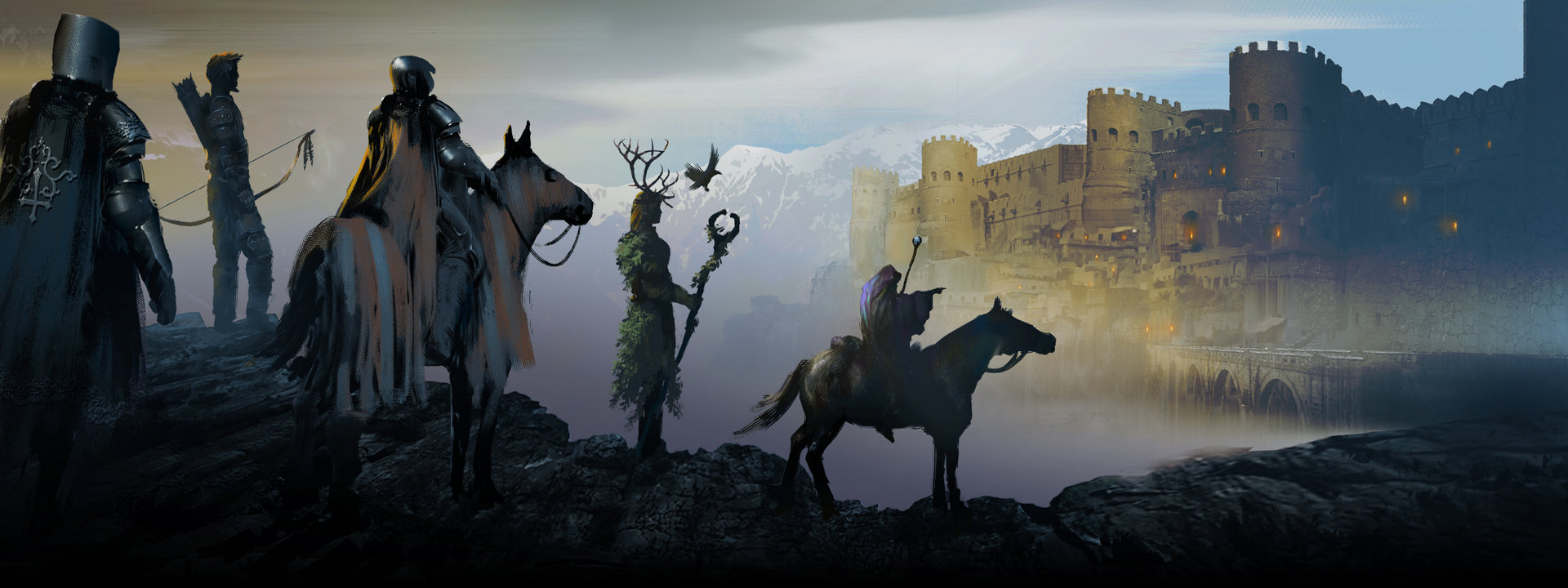
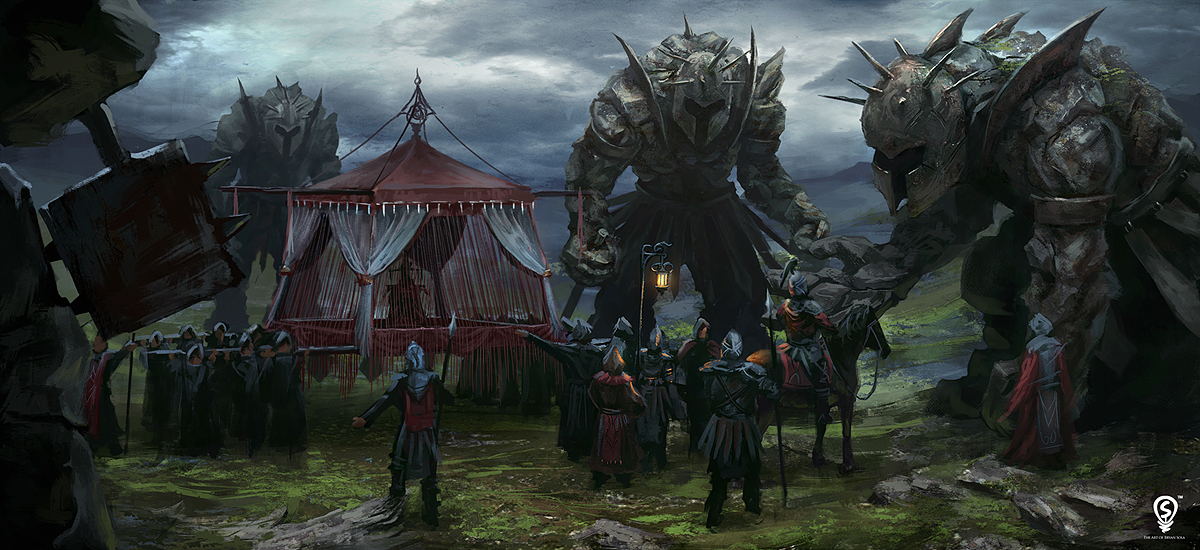
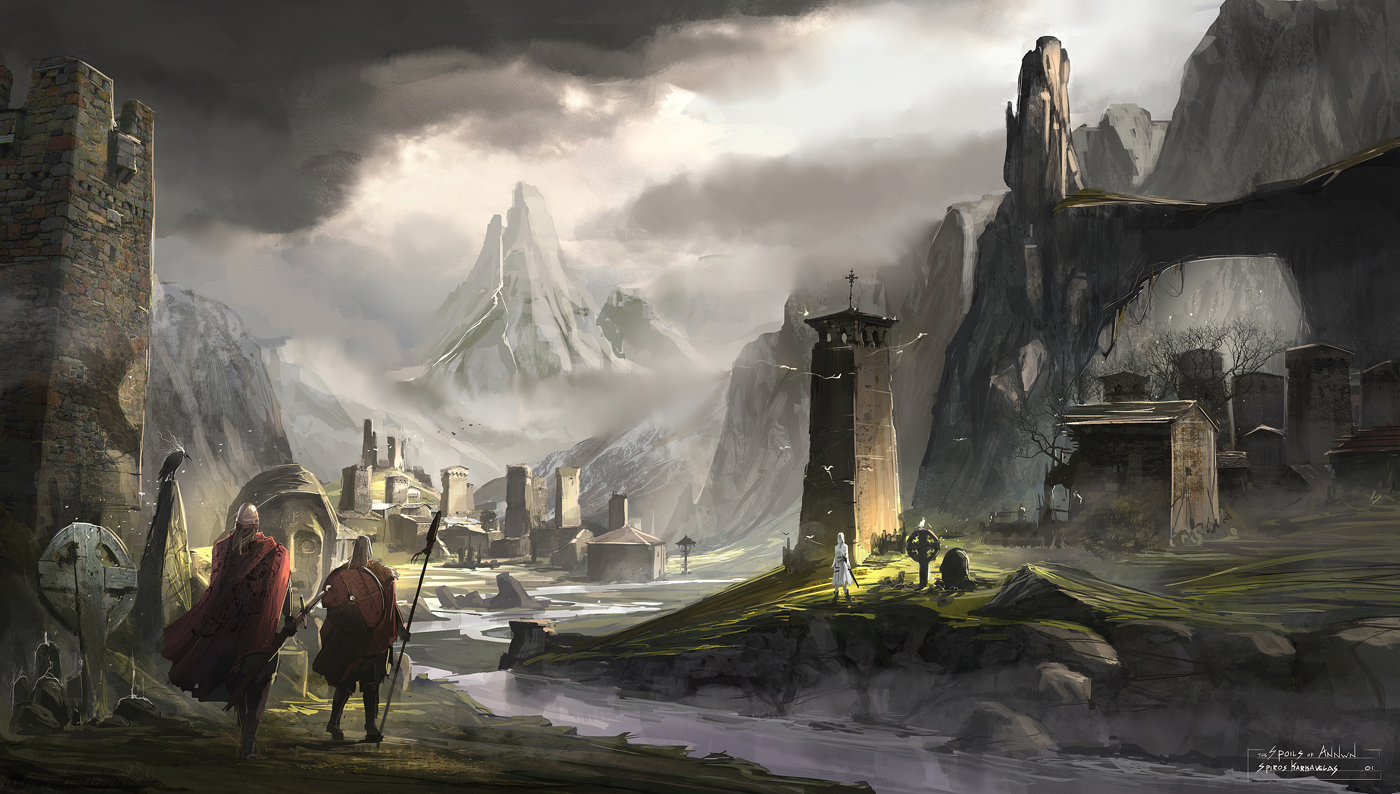
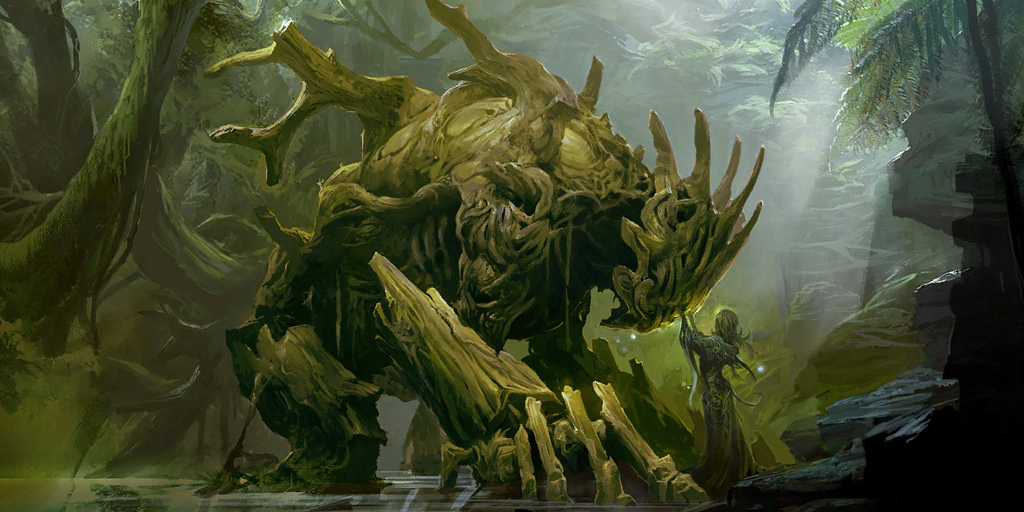
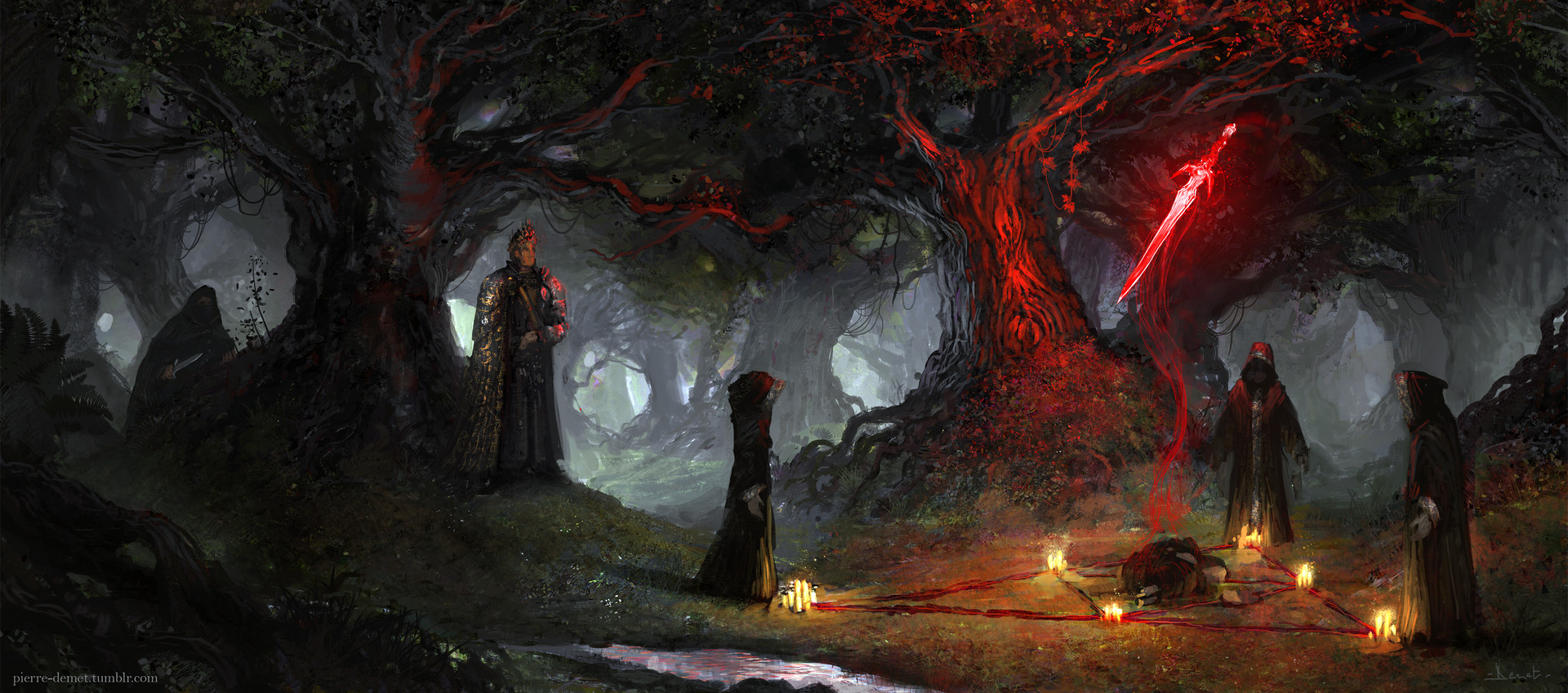
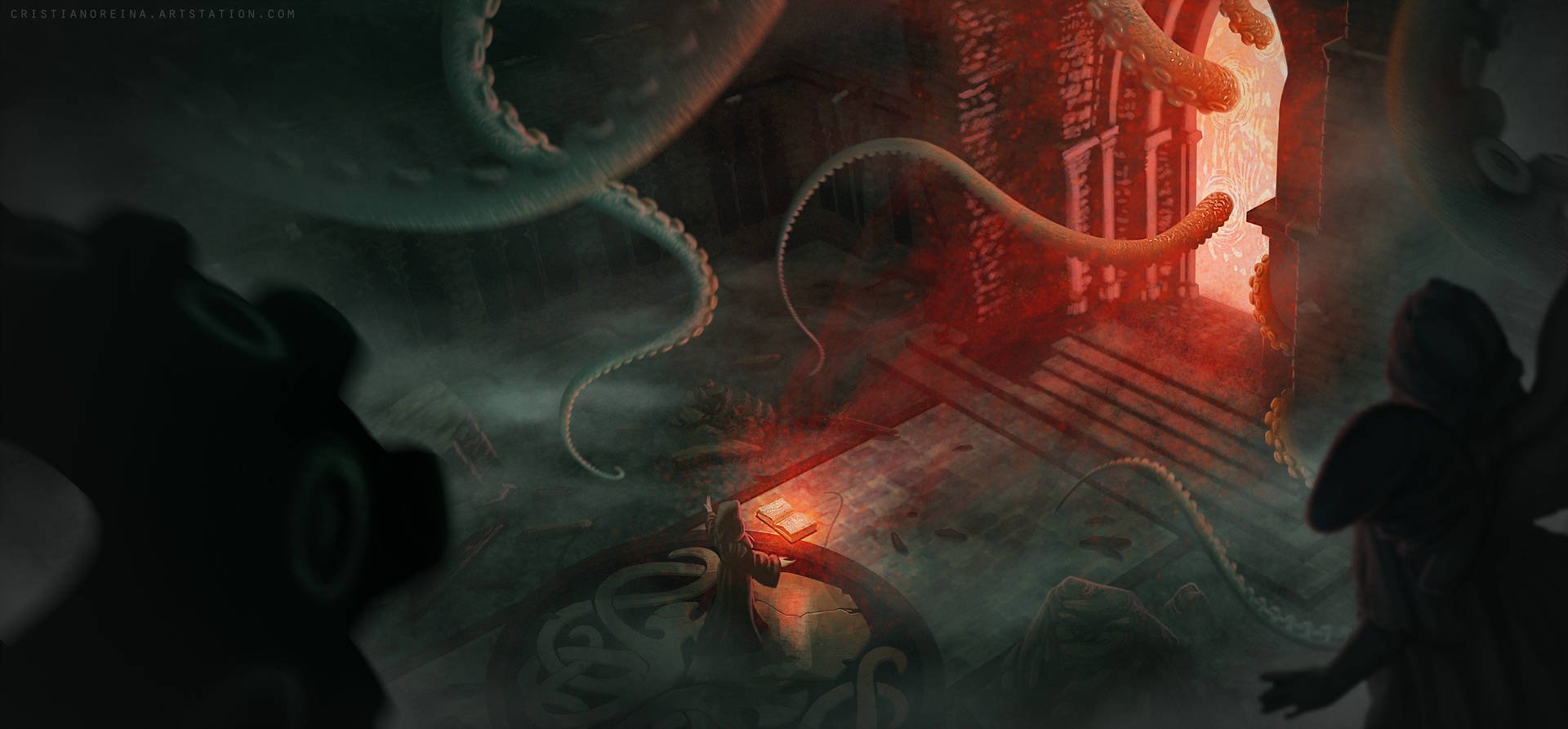
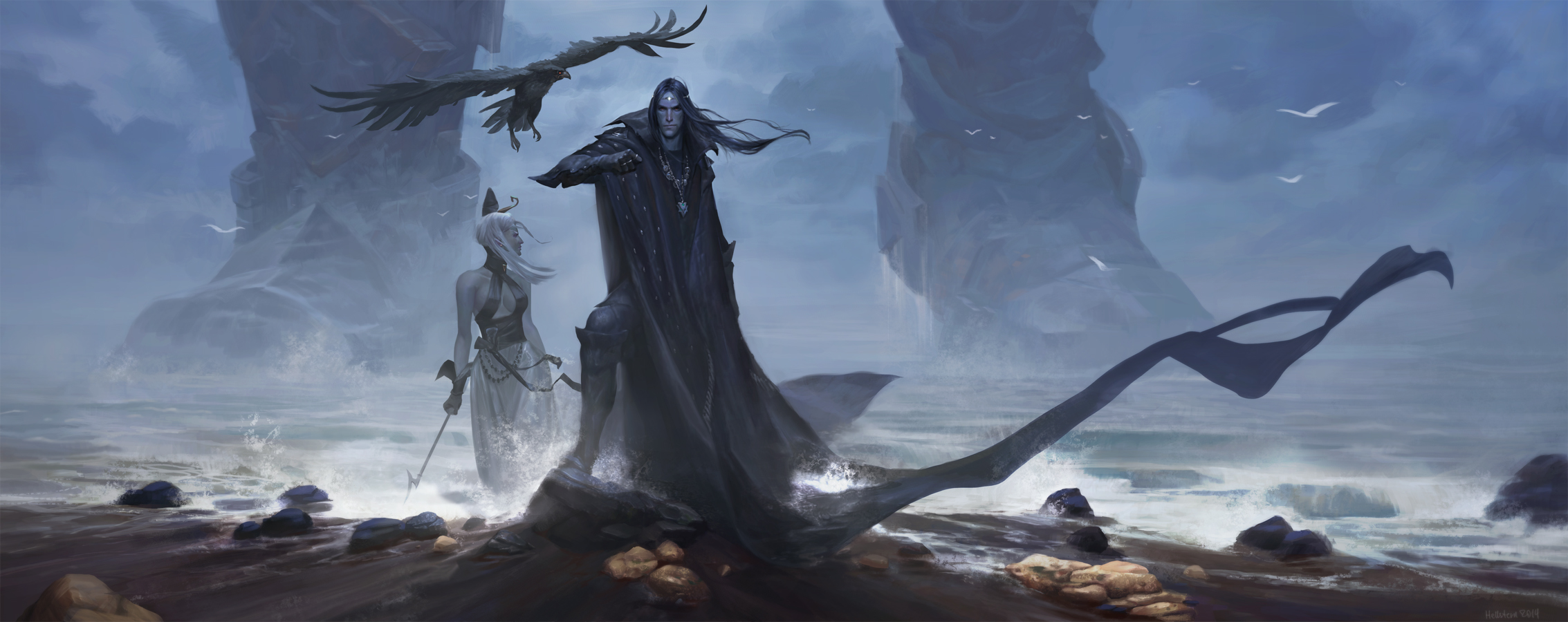
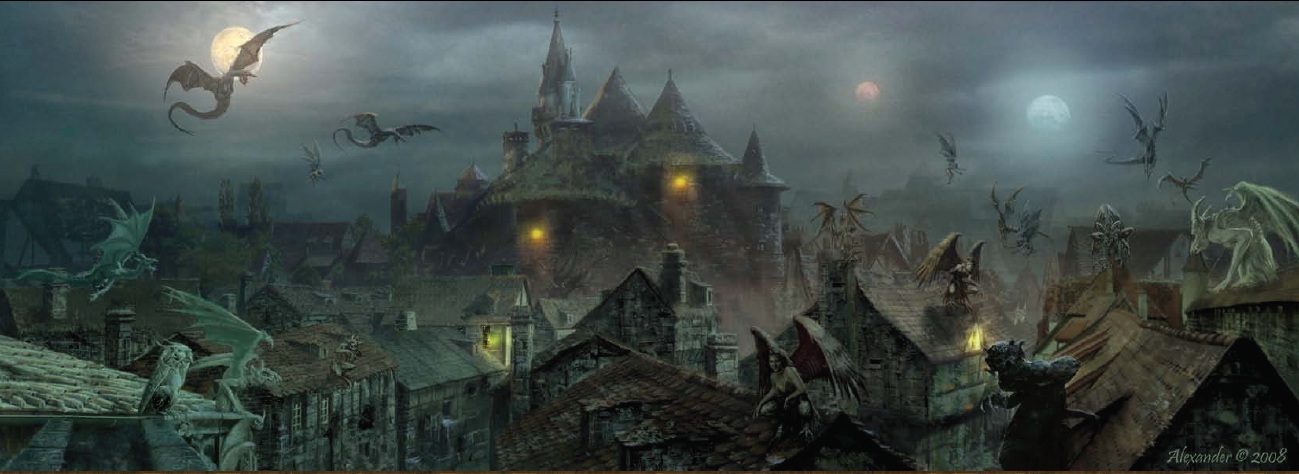

Comments